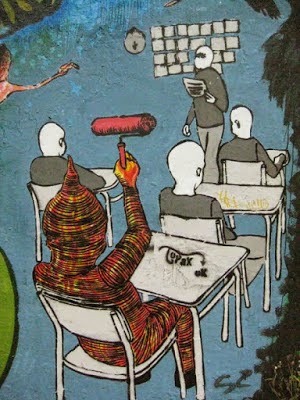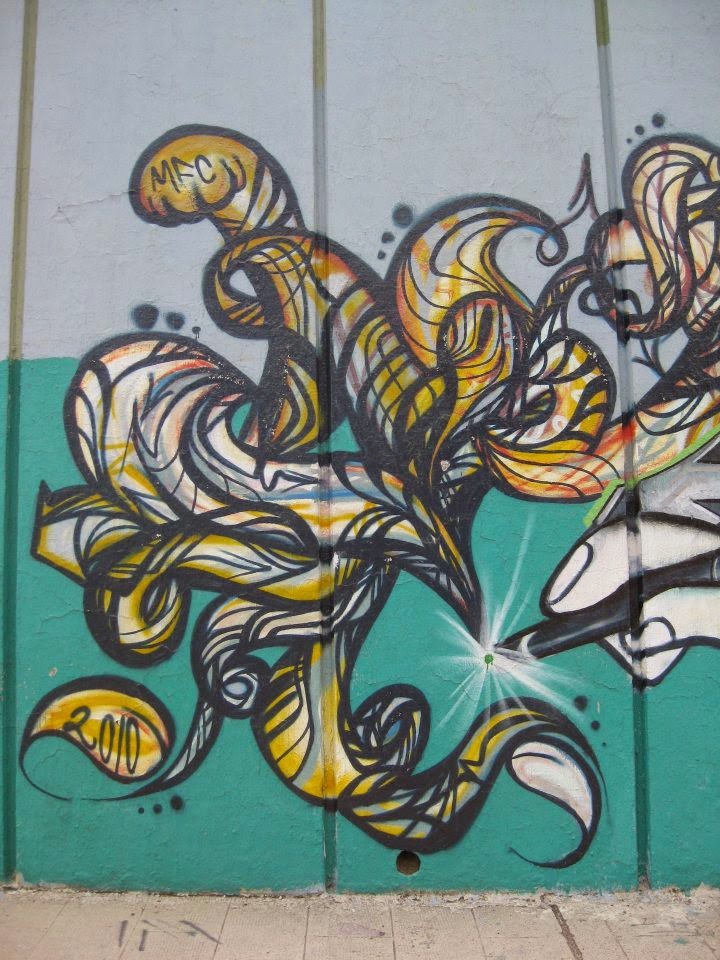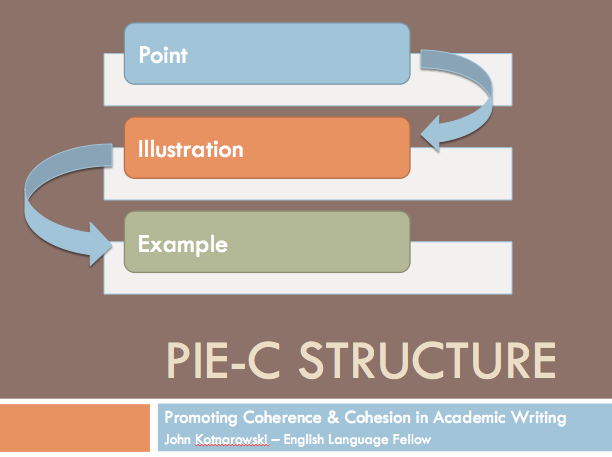All Images Come from Pixabay.com
Welcome to class! I hope you are excited as I am to begin working together this semester. I had a wonderful time working with Linguistics students last fall and I am sure that this spring will bring more of the same. Today, we're going to spend some time getting to know one another as people, as classmates and as writers. That will involve a few icebreaker activities. I will also ask you to produce a short piece of writing known as a diagnostic essay. Don't worry, there is no grade involved...it's just a chance for me to "get to know you" as a writer! So, without further ado, let's get started!
Day One: Intros, Icebreakers and the Diagnostic Essay
Objectives: Students will be able to...
- Ask the instructor questions based on his introduction presentation
- Collect information about their classmates using "journalist questions"
- Introduce a classmate using the information they've found during informal interviews
- Ask questions about class policies rules
- Produce a short diagnostic essay based on a CA-style essay prompt
Procedure
I. Instructor Introduction
Since we'll be spending the next few months working together, I think it's important to introduce myself. I will do that with the help of
this short presentation. Feel free to ask any questions you might have!
There will be a short quiz afterwards, so you might want to take a few notes!
II. Introducing Yourself
After I've had a chance to introduce myself, I would like to get to know you all better. I am sure that some of you already know one another, but you're all new to me! So, please use to following procedure to find out more information about your classmates:
- Get into a group of three people
- Use this sheet and common "journalist (or Wh-) questions" to interview one member of your group
- Write down the information in boxes (I will collect this, so please be complete and write clearly)
- Prepare to introduce your classmate to me and the rest of the class
- Introduce your classmate to the rest of us!
III. "Find Someone Who..."
Our final icebreaker activity is a game. It's your job to find people who have done the things on
this chart. The first person to find
FOUR IN A ROW will win a prize!
IV. Overview of Course Rules and Course Website
Now that we all know one another, let's take some time to get go over the class schedule and goals. Also, I would like to explain how the course website works and how to best take advantage of it!
V. Writing a Diagnostic Essay
Since we will be focusing on writing in this class, it's important for me to get an idea of the way you write at the beginning of our time together. That's why I am asking you to write a short diagnostic essay (based on a CAE prompt) to get a better idea of where everyone in class is at this point in their English writing journeys!
Please don't worry! This exam is not for a grade! It is just for me to see which areas we need to focus on in class. You will receive 100% credit just for trying. I will be using
a rubric to give you feedback similar to that which you will receive on the actual CAE exam.
VI. Homework
Please check the "Homework Tracker" at the top of the page to view the homework for next class.












